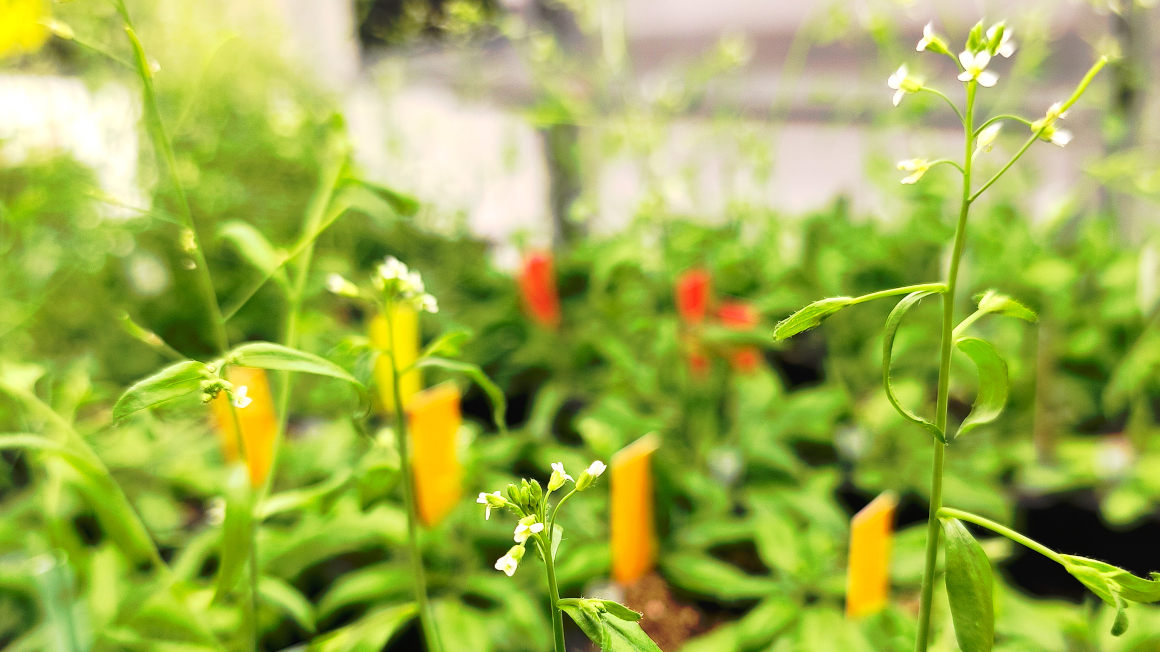Tackling plant disease in rice
With two multi-resistant rice varieties and a diagnostic kit, an international team of researchers hopes to eradicate the plant disease bacterial blight.

In many countries of the world, rice is a staple food. Small farmers, especially in South Asia and Africa, live from the cultivation of this important crop. However, their livelihood and food security are threatened by the plant disease bacterial blight. This is caused by the pathogen Xanthomonas oryzae pv. oryzae (Xoo). In India alone, the bacterium causes annual harvest losses worth around 3.6 billion dollars. The international research consortium Healthy Crops has now taken a decisive step towards the goal of eradicating the plant disease.
In the scientific journal Nature Biotechnology, the scientists present new tools for the fight against the bacterial pathogen in two studies. In one study, they present two popular rice varieties that are resistant to various bacterial blight pathogens. In the other, they show a tool that can be used to quickly identify new forms of the pathogen.
Nutrient supply of the pathogen blocked
But how did the researchers manage to trick the rice pathogen? "We're preventing the Xoo bacterium from stealing nutrients from the plant to multiply," explains Bing Yang of the University of Missouri. Previous research revealed how dangerous bacteria gain access to the rice plant's nutrient chamber, which they need to multiply. The Xoo bacteria introduce so-called TAL effectors into the rice cell. These are the key to the plant pantry. They activate the "SWEET genes" of the rice plant and set so-called SWEET promoters in motion, which in turn transport sugar from the rice cell to the bacteria.
Earlier investigations have shown that some rice varieties are resistant to certain strains of the Xoo pathogen. According to the researchers, the plants have changed their locks in such a way that the bacterial key no longer fits into the pantry. At the same time, the team also came across Xoo bacteria that have adapted to this change and attack with different keys.
Two new resistant rice plants presented
As the team reported in the journal Nature Biotechnology, six different targets have now been identified in the SWEET promoters of three different SWEET genes. "With this knowledge and the tools we have developed, we can develop new resistant rice varieties at least as quickly as the bacteria can develop new keys," says Wolf Frommer, head of the consortium at the Institute of Molecular Physiology at Heinrich Heine University in Düsseldorf.
Diagnostic set for the detection of pathogens
With the newly developed diagnostic kit presented by the researchers in the second study, the way has now been paved for the rapid and targeted use of new resistances to eradicate bacterial blight in rice in the long term. "We now have the opportunity to outwit the bacterium by being one step ahead of it," says Ricardo Oliva, first author and head of the IRRI team. The "SWEETR-RESISTANCE KIT" will soon be made available to rice farmers and researchers in Asia and Africa.
The Healthy Crops Consortium includes the Heinrich Heine University in Düsseldorf, the University of Missouri, the University of Florida in the USA, the Tropical Centre for Agricultural Research (CIAT) in Colombia, the Institut de Recherche pour le Développement (IRD) in France and the International Rice Research Institute (IRRI) in the Philippines. The research was supported by the Bill & Melinda Gates Foundation, among others.
bb/um


